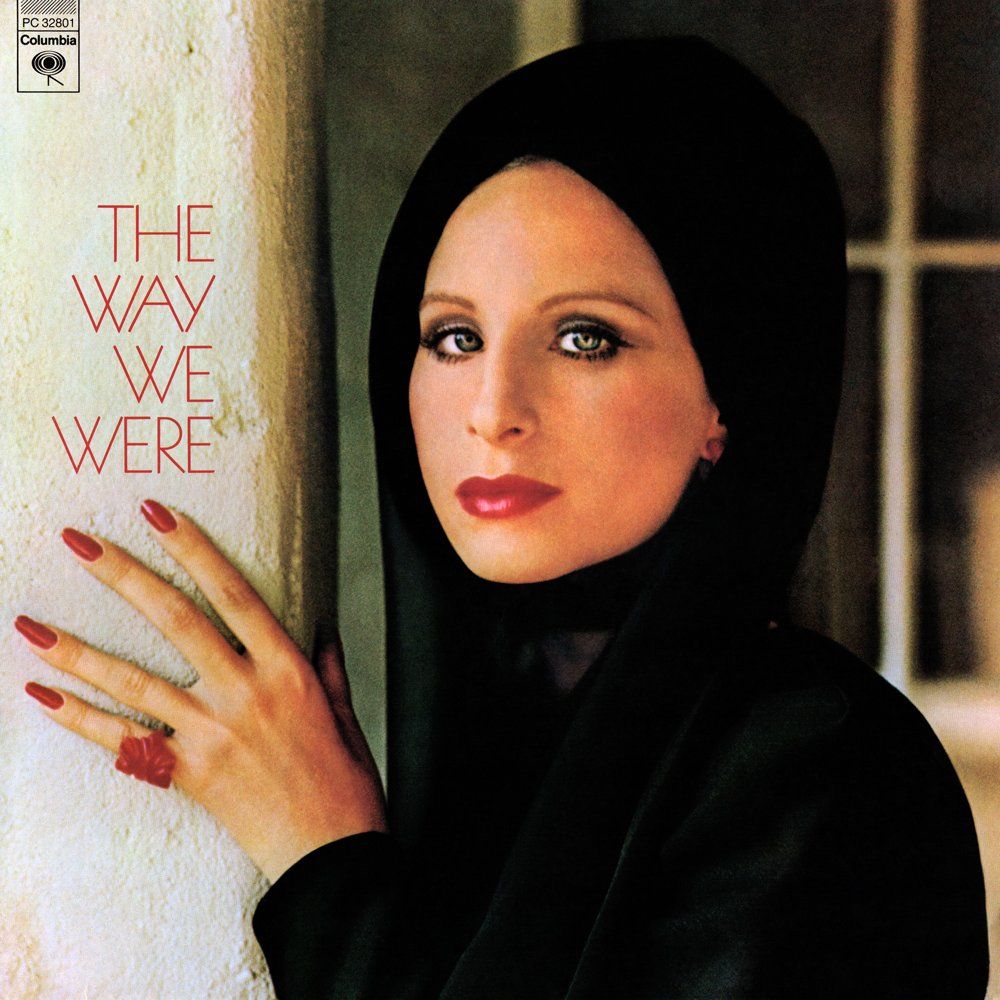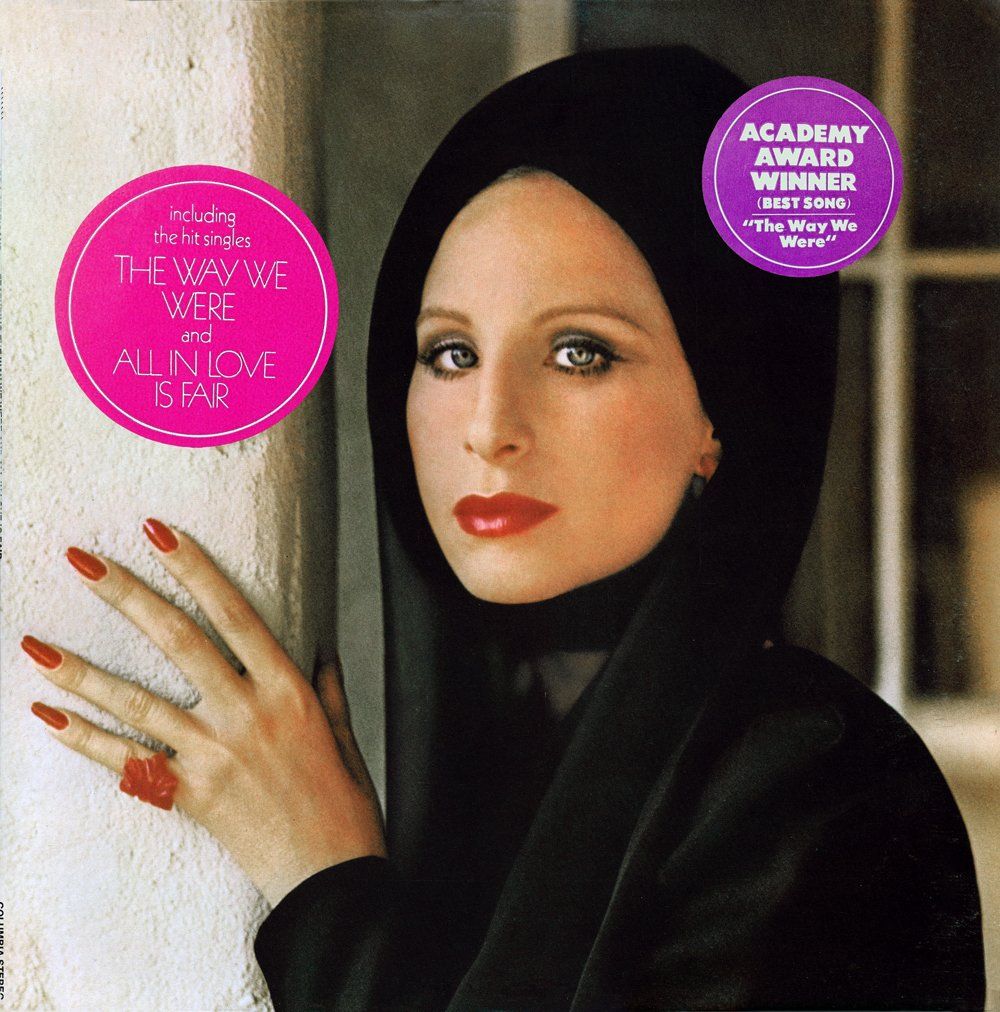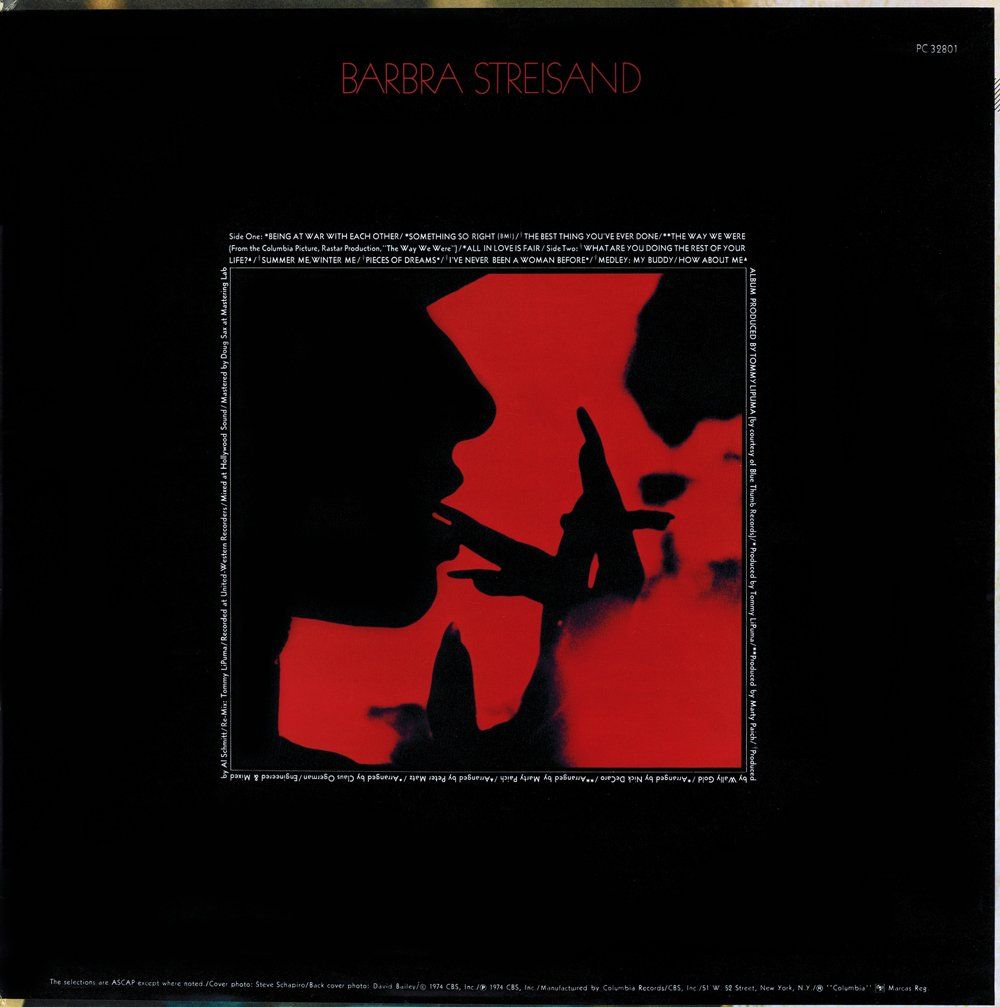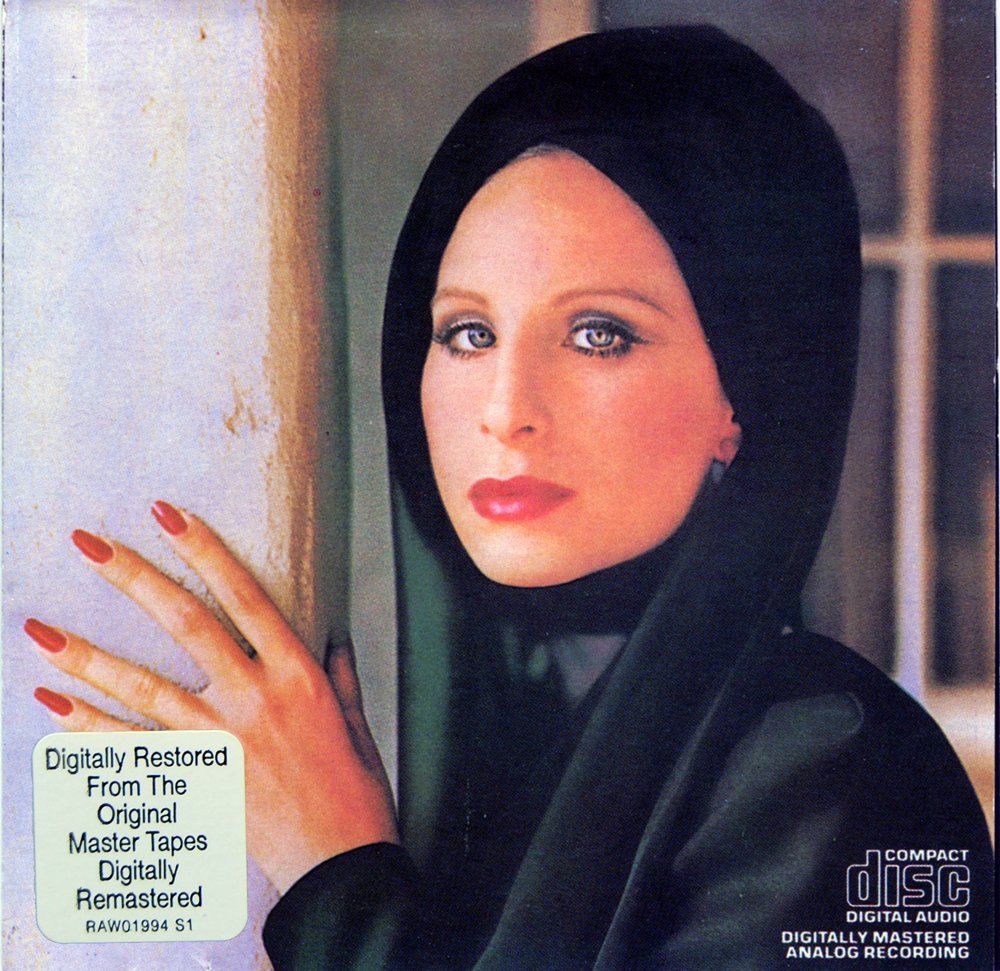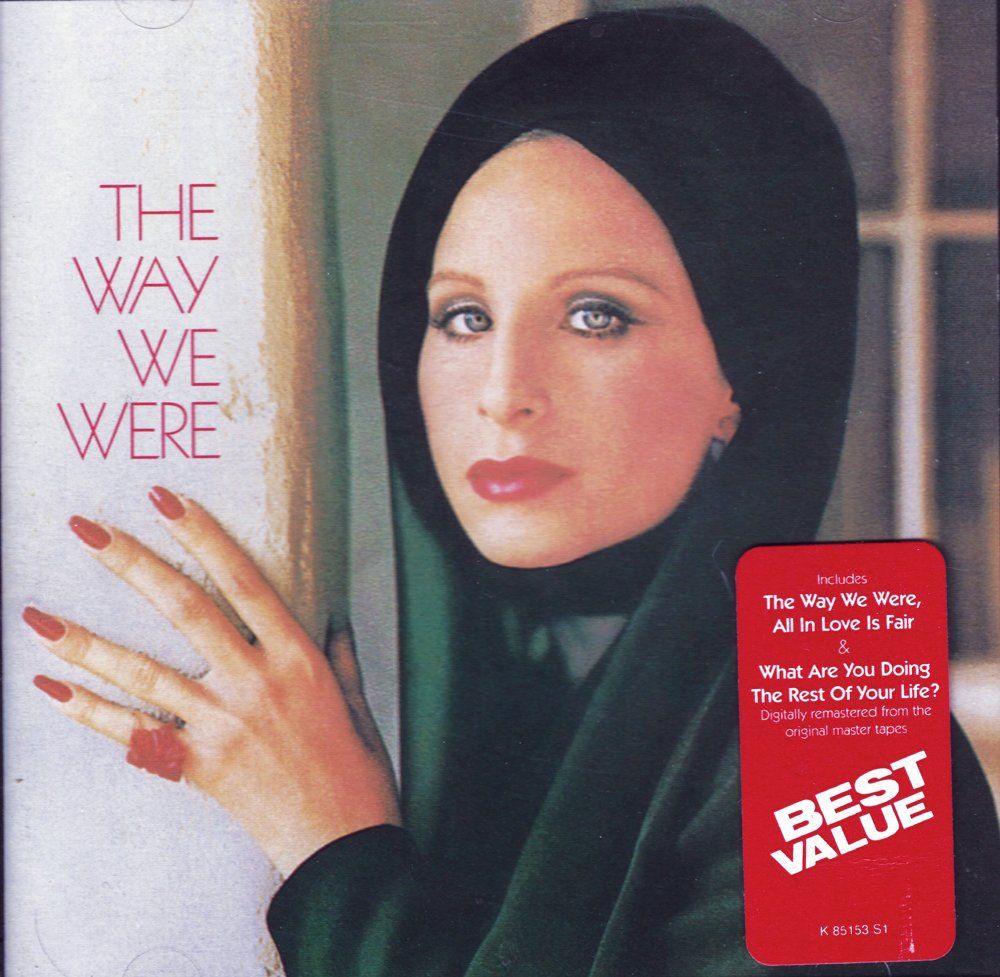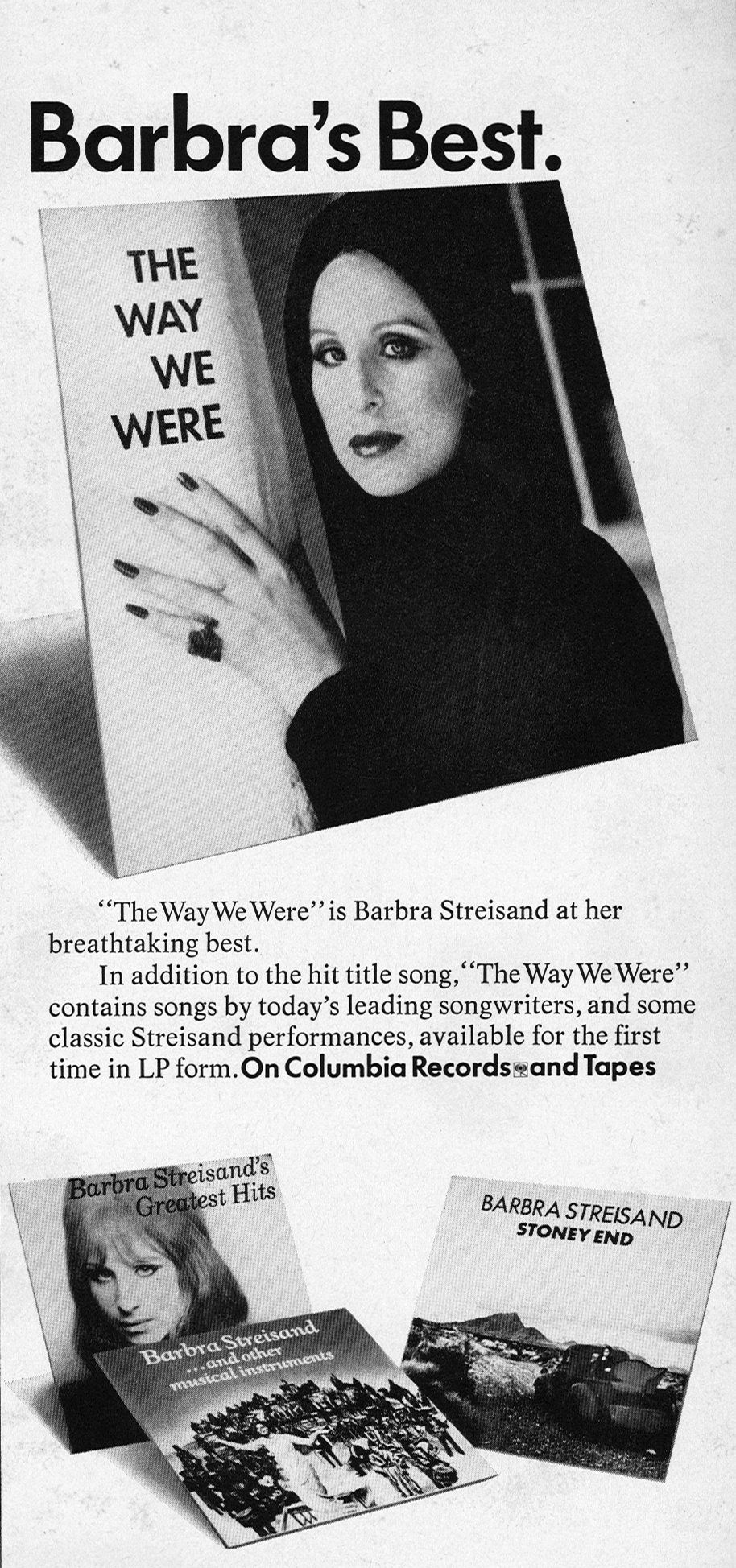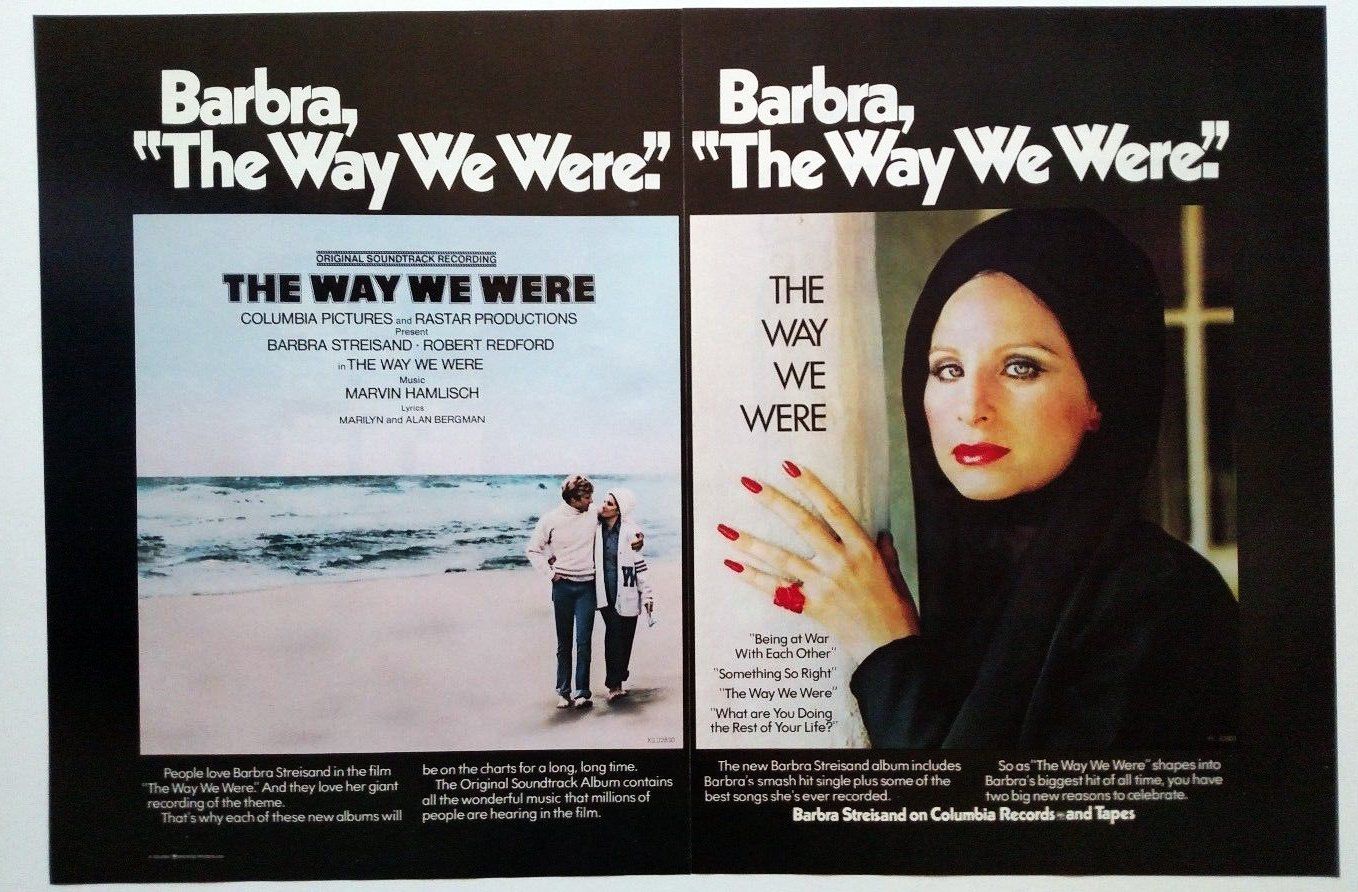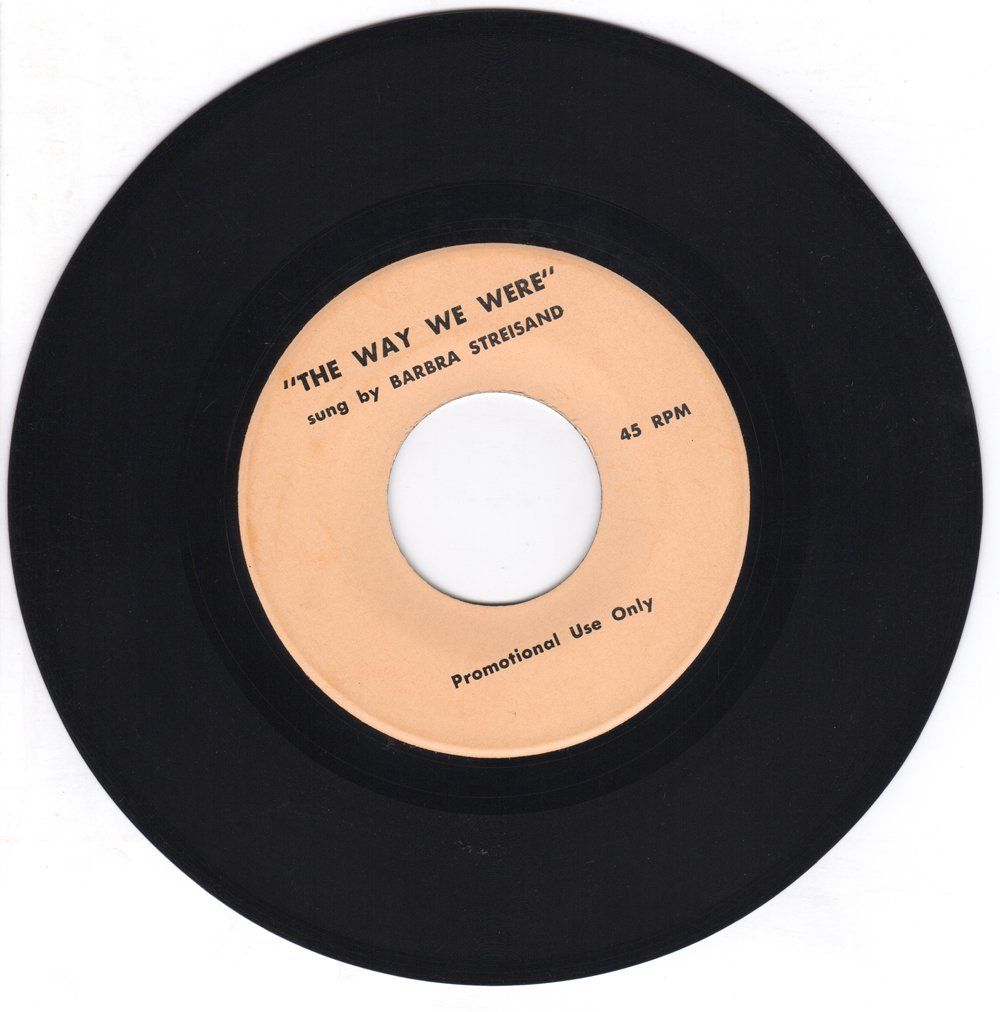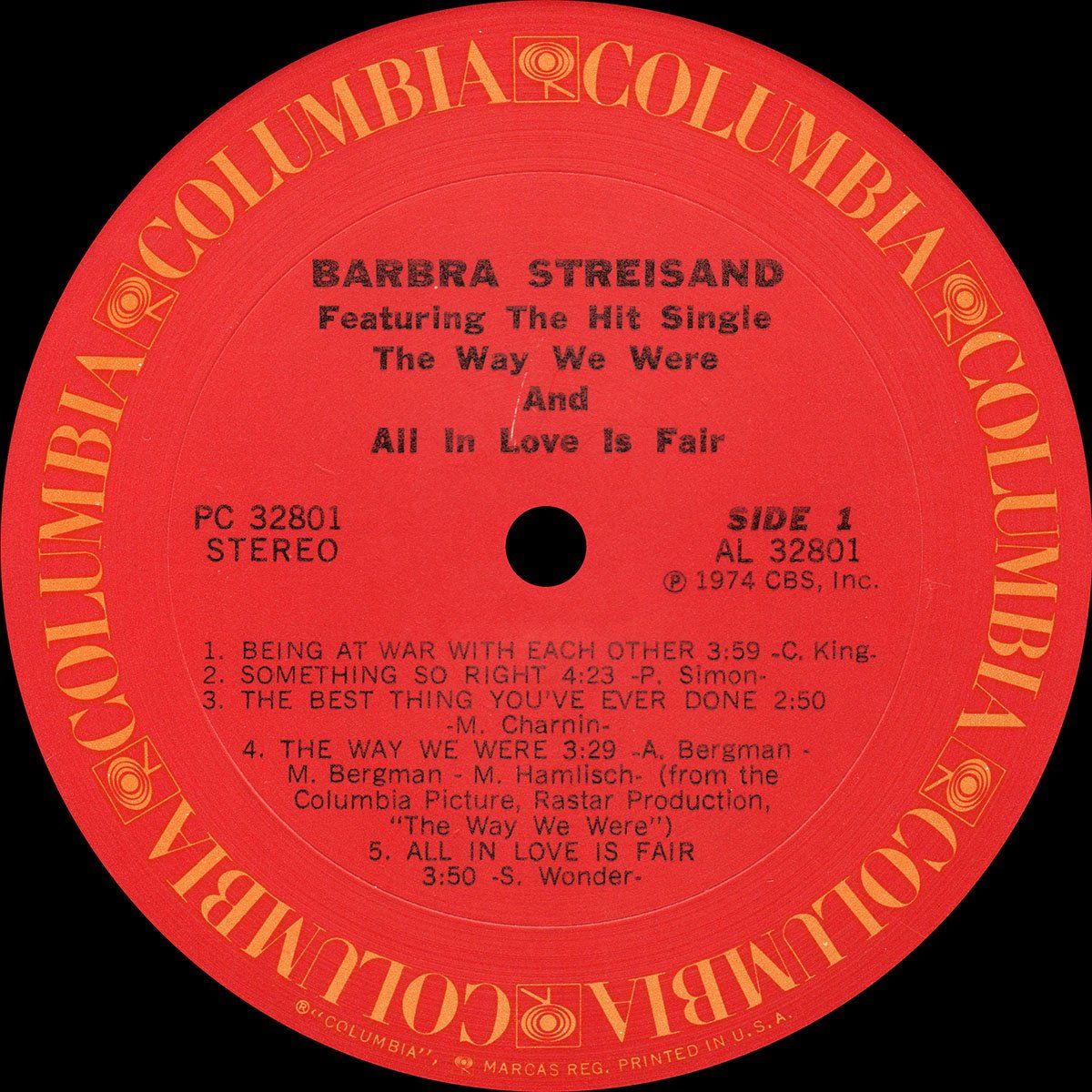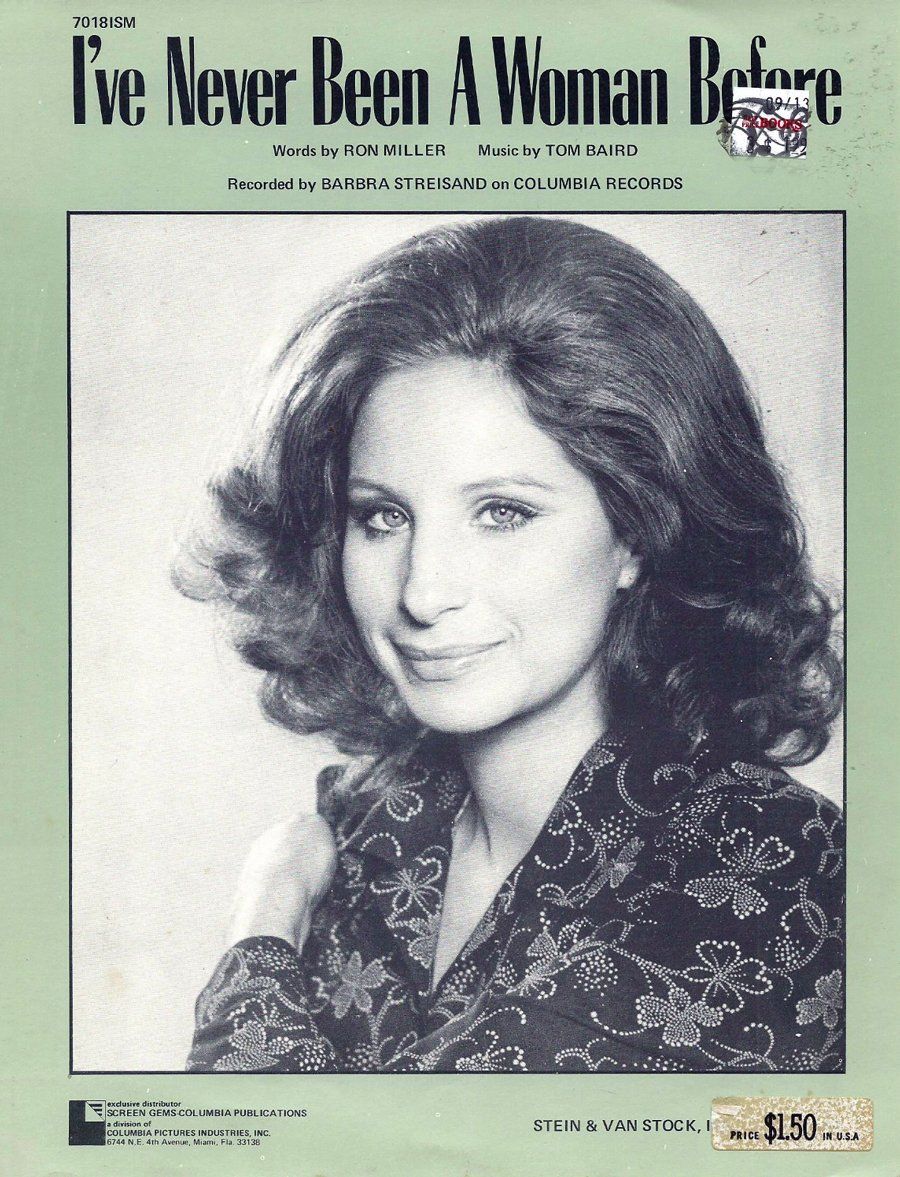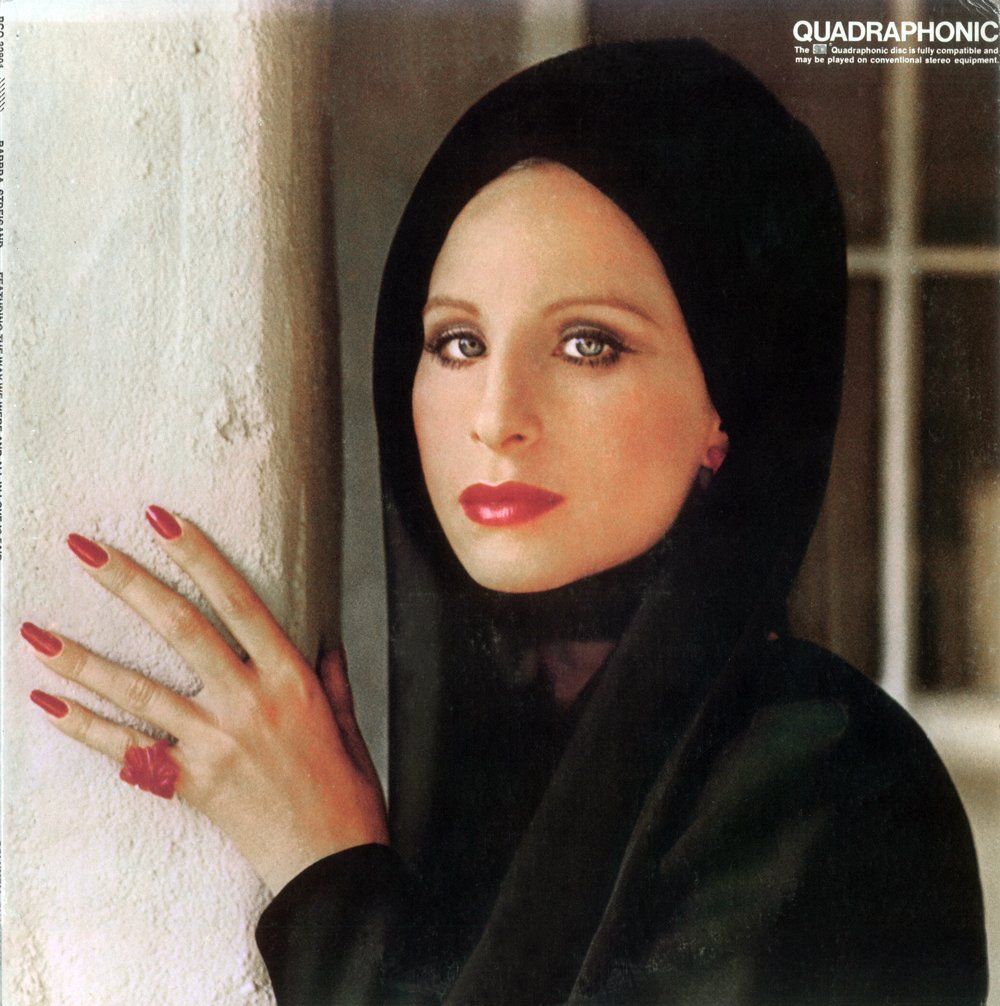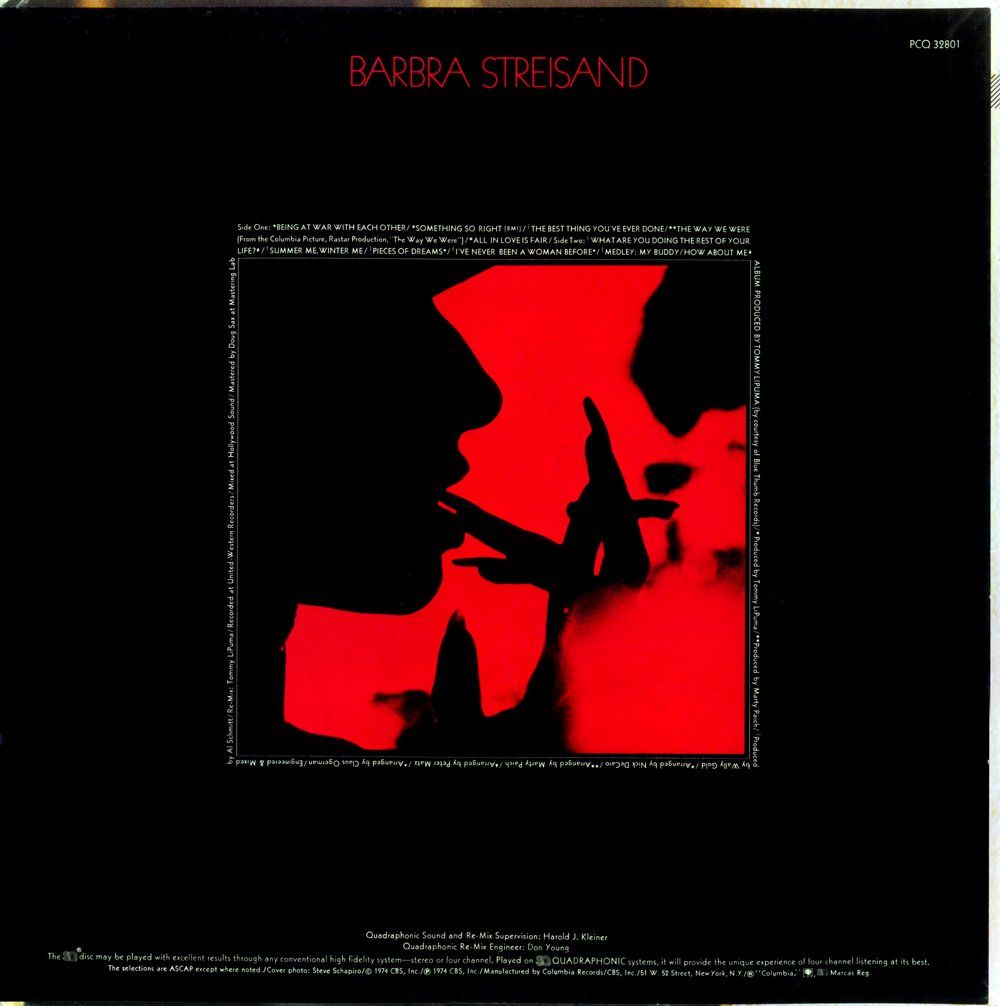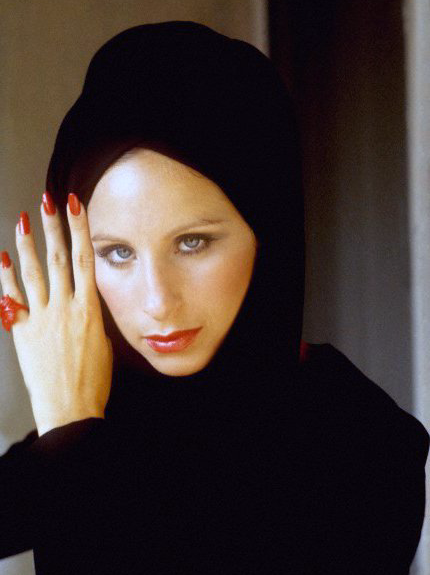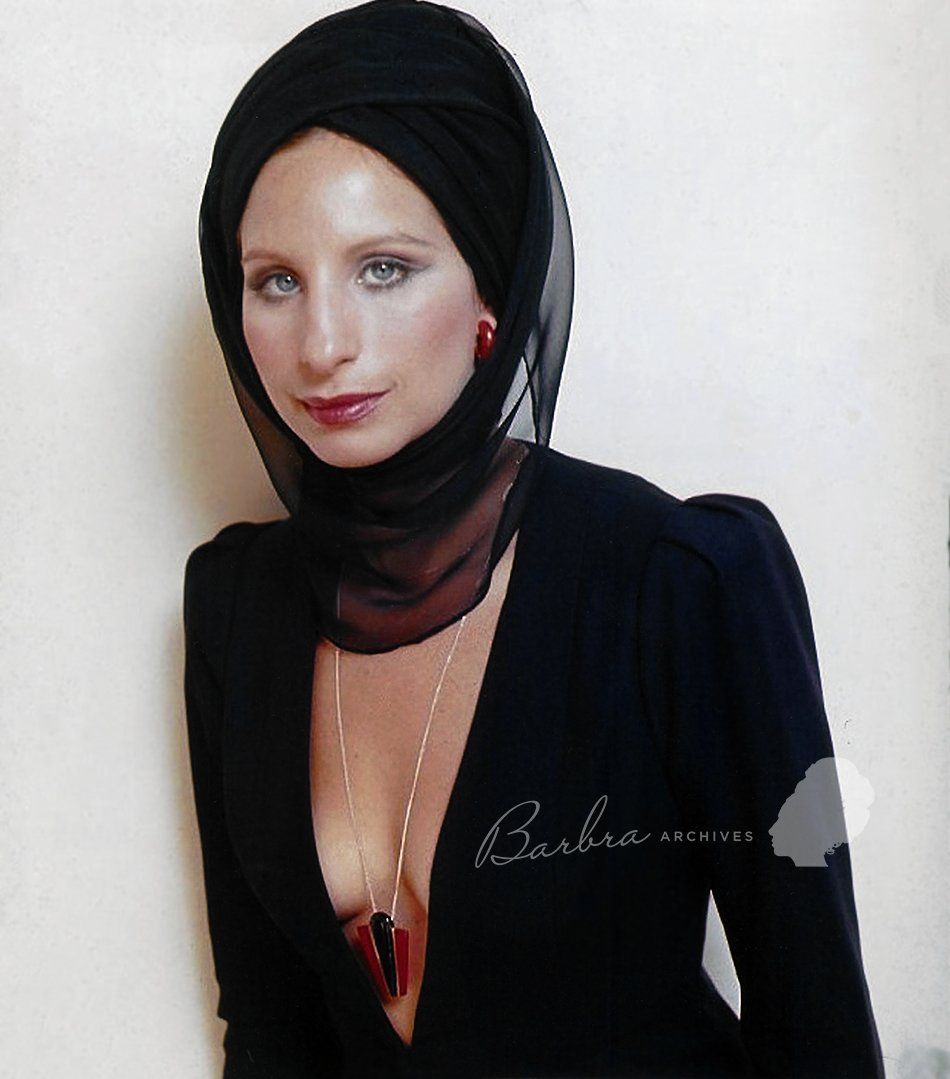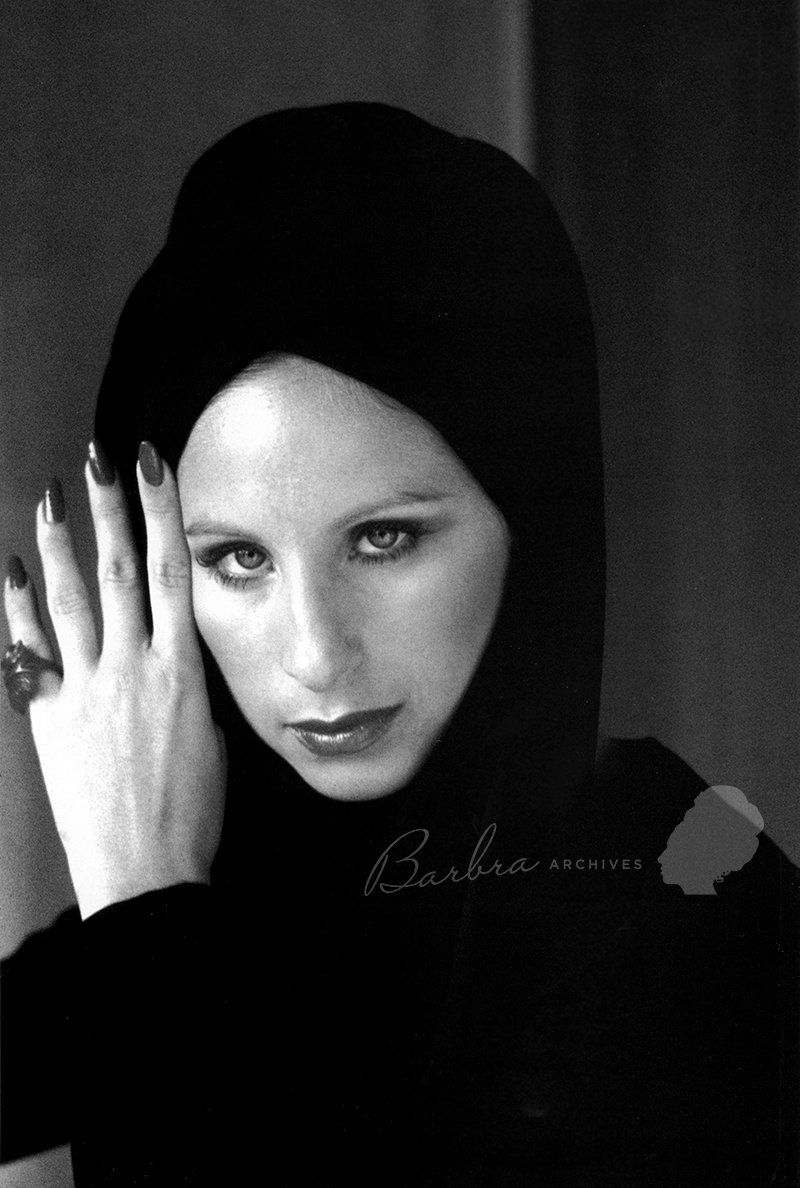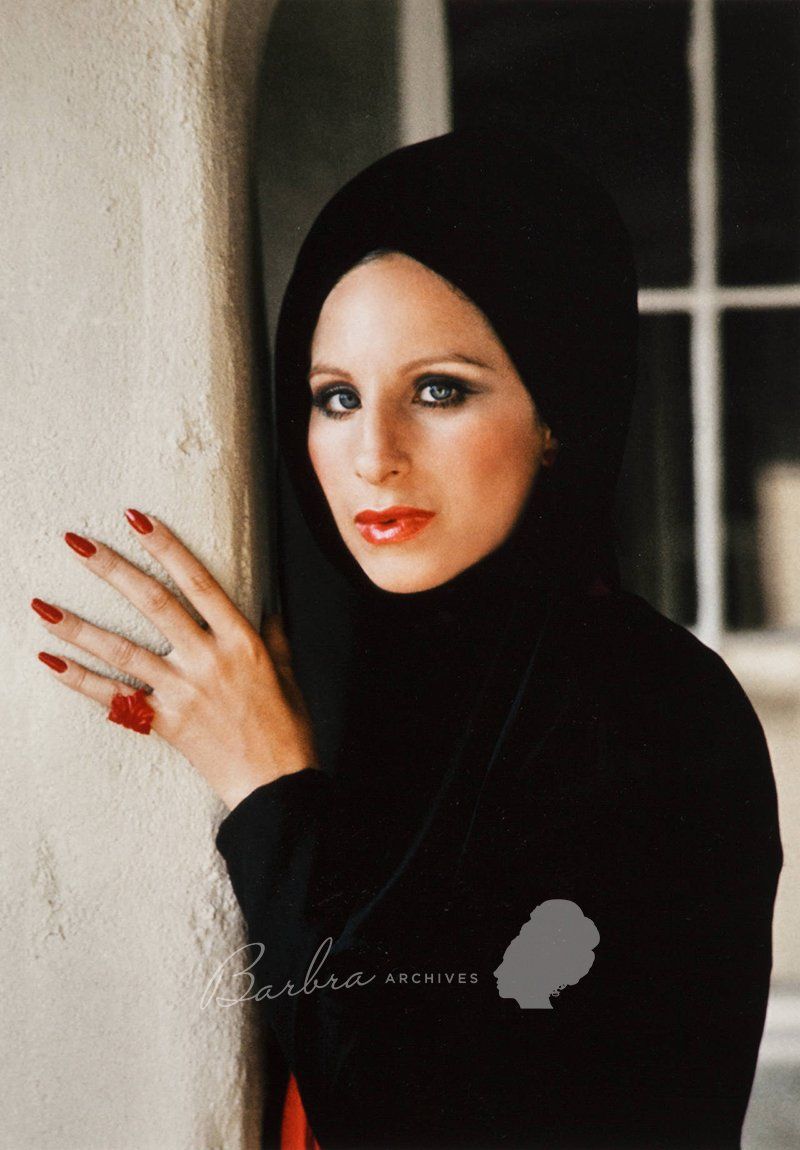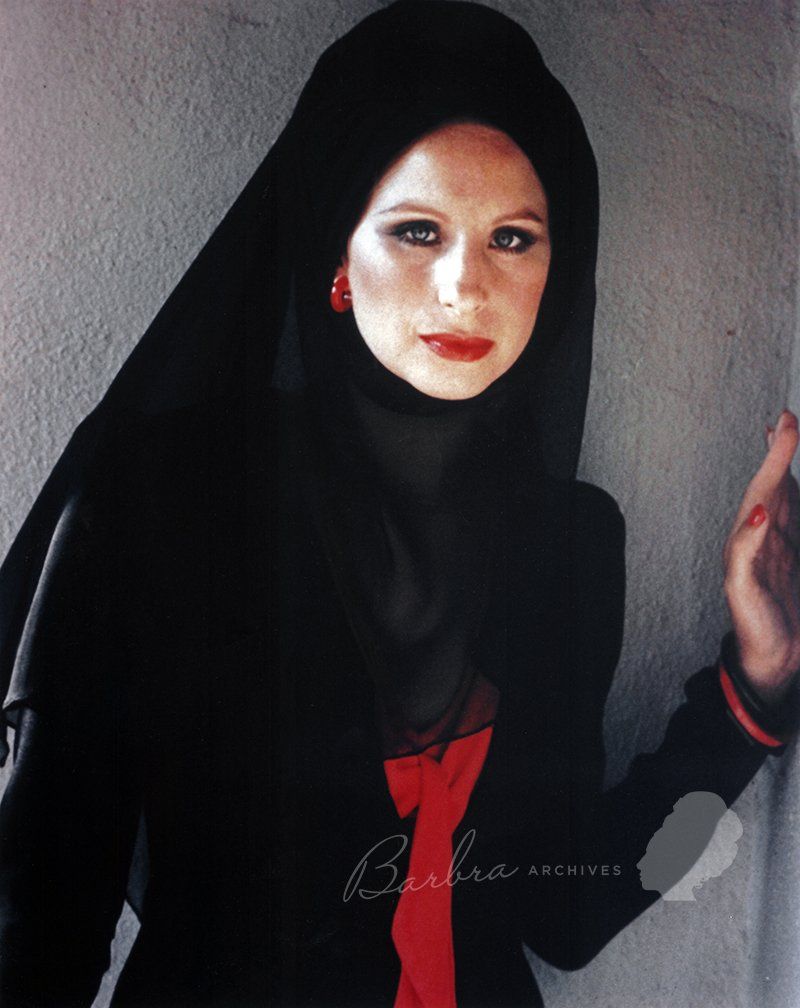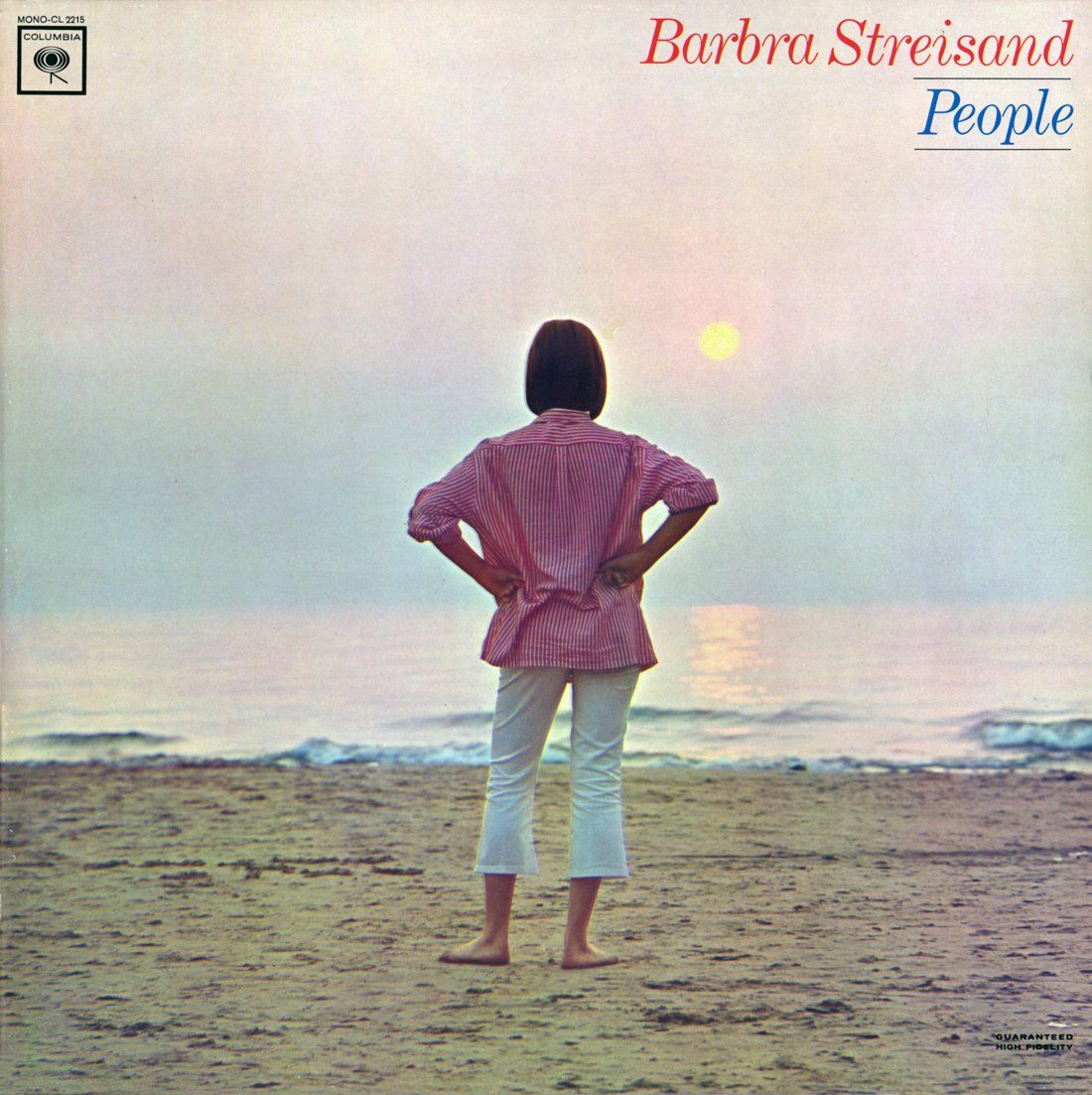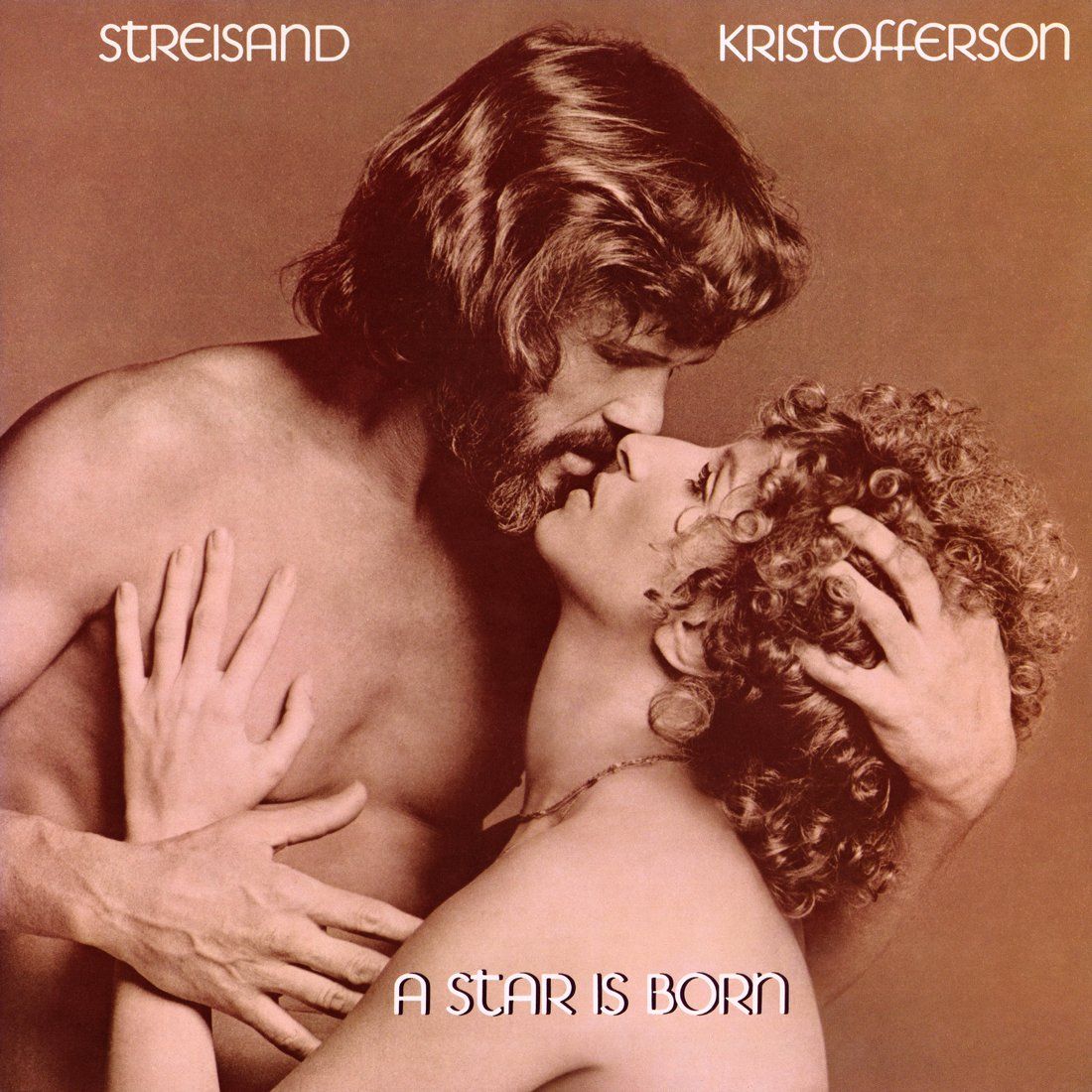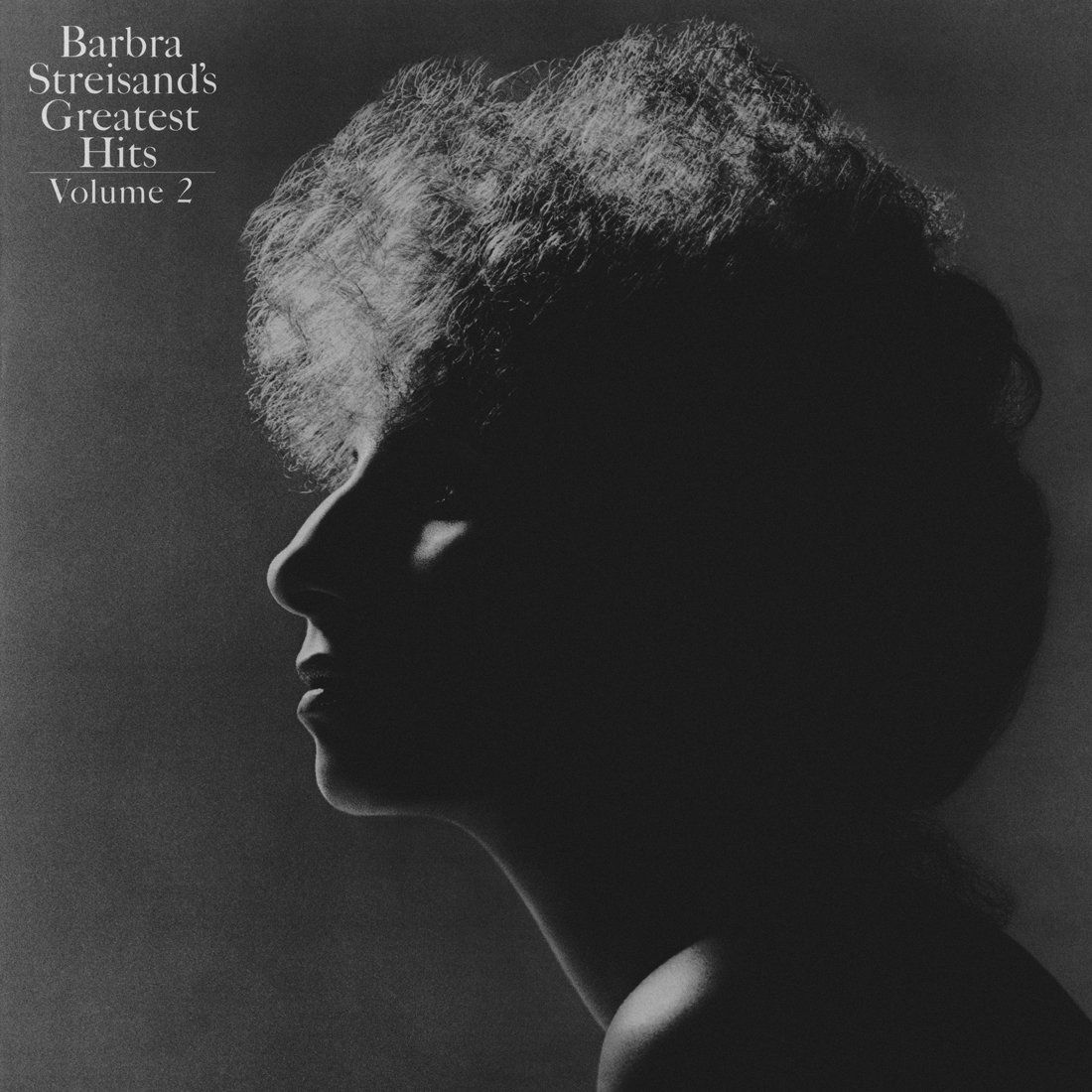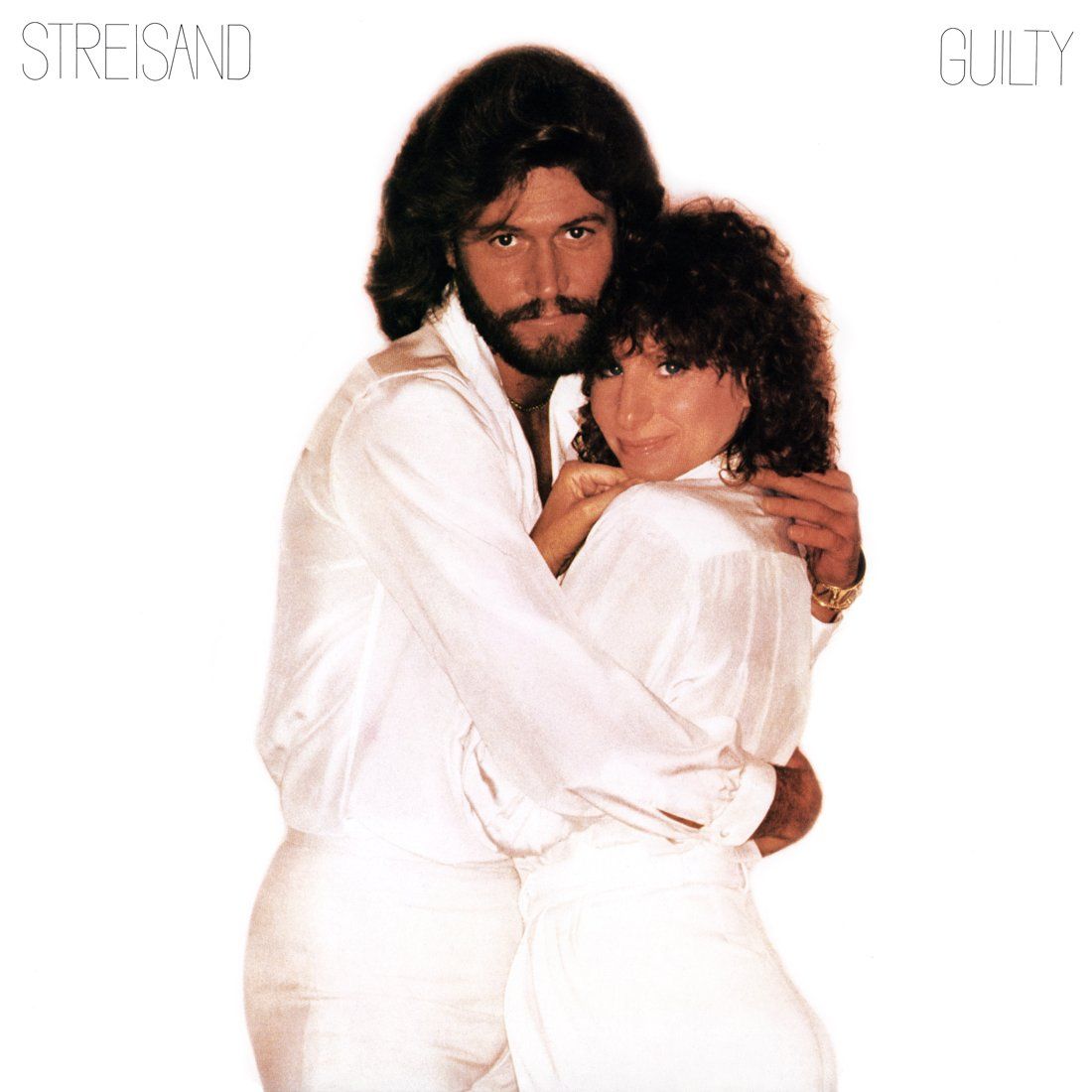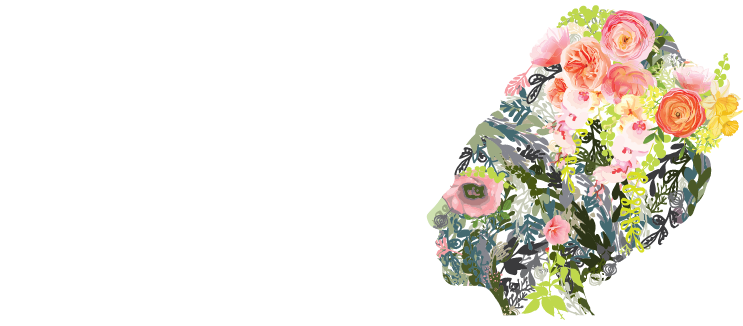When the Sydney Pollack-directed movie The Way We Were was previewed in San Francisco in July 1973, audiences reacted very favorably to the theme song.
Marvin Hamlisch, who met Streisand when he was the rehearsal pianist for Funny Girl, wrote the theme song for this movie – Barbra’s seventh film.
Hamlisch had previously composed scores for The Swimmer, and Woody Allen’s Bananas, but in 1973 he was still new to film scores and theme songs. As Hamlisch told Cash Box Magazine, it was producer Ray Stark who “called me up and told me he needed a song that was roughly a cross between Michel Legrand and Carole King.” If the song worked, Stark would hire Hamlisch to write the score for the movie, too.
Hamlisch wrote in his memoir, “I put in weeks and weeks of struggle to find the right theme.”
He explained that “on the surface it was a pretty difficult assignment. I thought about the script and I was quite depressed because the perfect combination didn’t come to me right away. I went to bed one night, still depressed, but I woke up at 2 a.m. and I had the song. It was there. I wrote it down and when I got up the next morning I made some minor changes and had the finished product.”
Hamlisch wrote the song in a major key. He felt a song composed in a minor key would be the obvious, “sad” choice for a tearjerker movie. “By doing this,” he said, “I tried to give a sense of hope to this tragic story.”
Hamlisch was also customizing a song for the formidable Streisand. “I wanted to give her the notes that let her soar,” he wrote. “I was determined not to write something drippingly sentimental.”
Hamlisch had an emotional, not intellectual response to the “right” melody. “When I feel the emotional tug, when I react the way I hope the audience will, then I know I’ve got it.”
Ray Stark hired Marilyn and Alan Bergman to write the lyrics to Hamlisch’s melody. “Our lyrics are designed to be an integral part of motion pictures,” Alan Bergman said. “They are created to set or heighten a mood or reveal something about the story’s characters or move the plot from one point to the other.”
Marilyn Bergman elaborated on working with Hamlisch on “The Way We Were.” “Well, first of all it's a wonderful title,” she said. “The main title of the movie had to function as a passage way back in time. We were underscoring the flashback, in a way.”
Hamlisch eventually auditioned the song for Streisand at her house. “She loved it,” he wrote, “but she made a very important suggestion.”
“[Barbra] made two suggestions,” Marilyn Bergman recalled. “One was the change of a note in the first phrase of the tune. And the other was a change of a word, a very important suggestion. We had the lyric beginning with ‘daydreams light the corners of your mind,’ and she suggested that the first word of the song be ‘mem'ries.’

